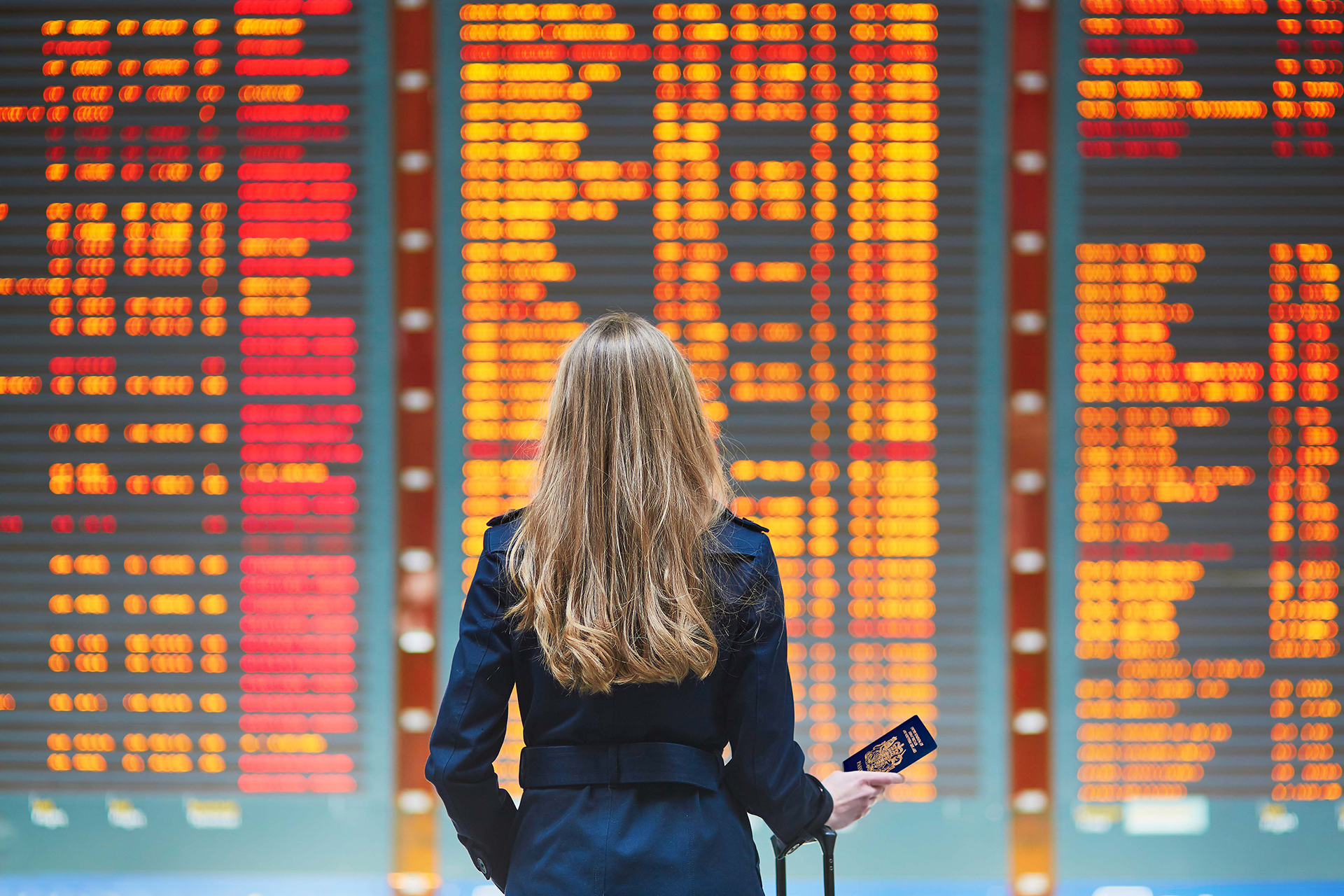No single authority or organisation is responsible for the environmental impact of aviation in the UK. It is necessary to consider the distribution of activities in order to gain an understanding of the work surrounding aviation and the environment. Duties are allocated between the CAA, international organisations, Government, local authorities, a wide range of industry bodies and other interested parties. Information is available on the activities of some of the major environmental stakeholders outside the CAA.
Aircraft noise certificates and exemptions
The world's noisiest aircraft are effectively banned from UK airports by a combination of international and national legislation. Standards set out by the Convention on International Civil Aviation must be met and a noise certificate issued to aircraft meeting certain conditions. Not every aircraft on the UK Register is obliged to have a noise certificate: older aircraft and Permit to Fly aircraft do not require one. Microlights are also currently on a time-limited exemption from having to carry a noise certificate.
Temporary exemptions can be granted by the CAA for specific flights in tightly defined circumstances. Further information on certificates and exemptions can be found on their respective pages.
Managing airspace
The noise impact of aircraft can be affected by changes to how airspace is used.
As the UK's independent aviation regulator, the CAA has responsibility for regulating airspace over the UK. This includes the new and established air traffic routes and areas which commercial aircraft use to fly into and out of airports, and the airspace used by military and General Aviation flights.
An organisation proposing a change to the design of UK airspace must follow the CAA's airspace change process. The CAA has a duty to consider a range of factors set out by government in deciding whether or not to approve changes. One set of factors is the environmental objectives set for the CAA by the Secretary of State – including consideration of noise impacts.
Alongside changes to the design of airspace, there are a range of factors that can make a difference to the noise impact of aircraft, but which are not subject to any formal approval process. This means these factors are all out of the CAA’s control. Examples might include changing weather conditions or variations in the demand for different flight destinations. More information on these factors is available in CAP 1618 Airspace Information: transparency about airspace use and aircraft movements .
Monitoring noise around UK airports
See our page on measuring and modelling noise

